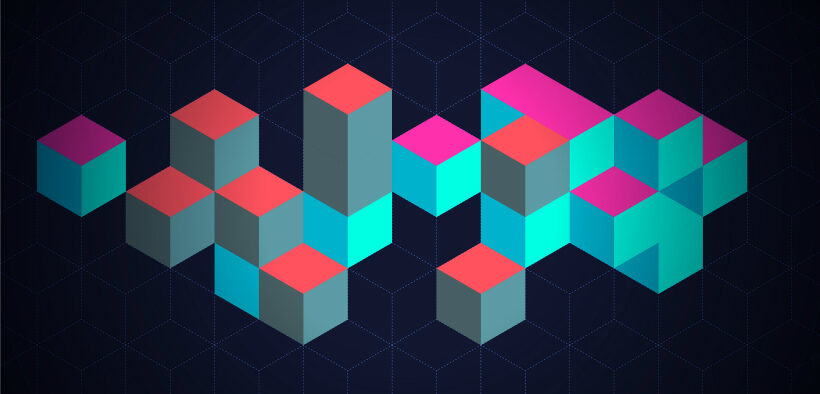One failure of the traditional face-to-face lecture is that it delivers learning content in large blocks—that is, in lengthy classes of normally 50–75 minutes. As Barbara Oakley and Terrence Sejnowski (2019) note, this violates the fundamental neurology of learning. When we learn, we first put information into our working memory, which resembles RAM memory in that it is not permanent. To make it permanent, we need to move it to our long-term memory, which is akin to a hard drive. This process requires pausing to think about the information.
Chunking Content: A Key to Learning

Related Articles
I have two loves: teaching and learning. Although I love them for different reasons, I’ve been passionate about...
For some of us, it takes some time to get into the swing of summer. Some of us...
About a year ago, I decided to combine the ideas of a syllabus activity and a get-to-know-students activity....
The use of AI in higher education is growing, but many faculty members are still looking for ways...
Imitation may be the sincerest form of flattery, but what if it’s also the best first step to...
Higher education has long recognized the value of Socratic dialogue in learning. Law schools traditionally adopt it in...
After 35 years in higher education, I continue to embrace the summer as a prime opportunity to strengthen...








